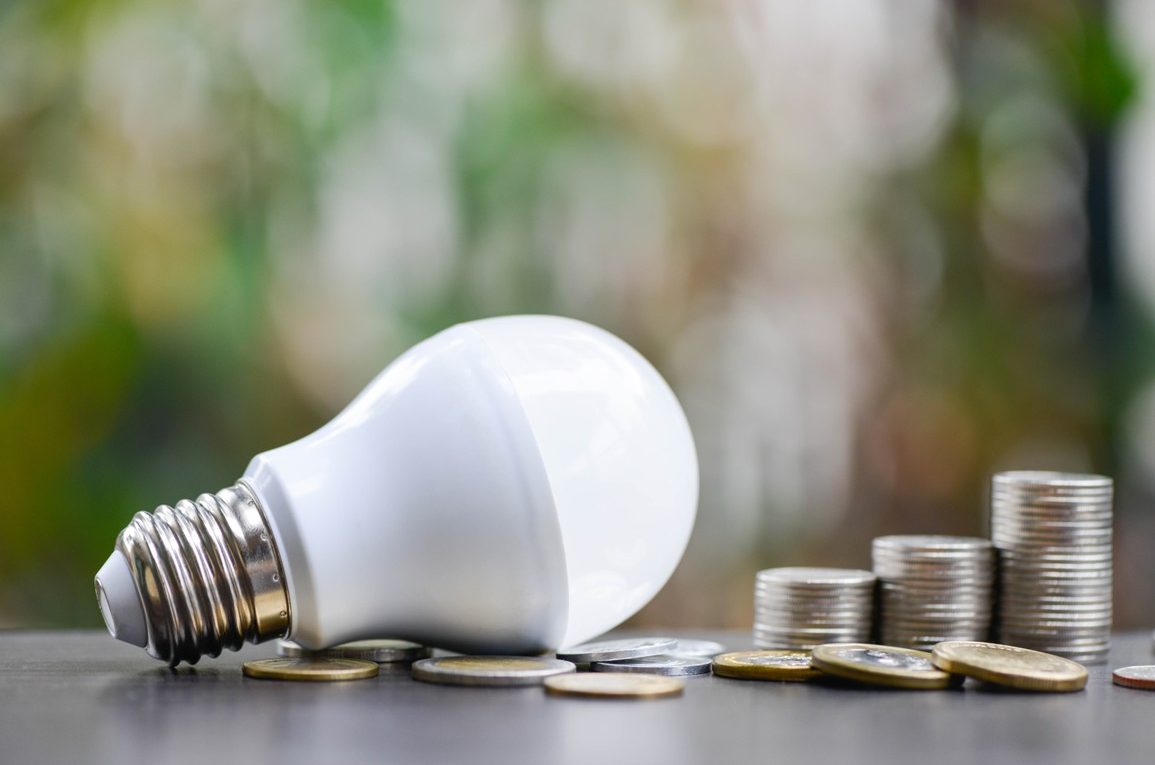Modernization of lighting at the shop saves up to 52%

Part 1
This article opens a series of materials on modernization of lightning in shopping areas.
Russia has a number of negative factors that make tenants think of economy effort. We will focus on these factors in this article and we will talk about why modernization of lighting in retail areas is getting more and more urgent. We will also show the completed projects.
Factor 1. Dynamics of housing and public utilities’ bills growth and inflation.
In Russia, electricity tariffs for population and enterprises are always on the rise. And that is linked not only to inflation, but also to the growing prices of non-renewable energy resources, such as coal, oil, gas. They account for the largest part of electricity production in Russia.
In 2020, electricity bills in the region will increase by 3,3%, and capacity price – by almost 12%, according to Market Council’s estimates. The regulator explains the forecast by growing price of fuel for electric power stations and the implementation of new generation.
In the first pricing zone (European Russia and Ural), electricity price will grow by approximately 1.6% (up to 1300 rubles/MWh), capacity price – by 3.3% (up to 859.2000 rubles/MWh).
In the second pricing zone (Siberia) electricity price will increase by 3.3% (up to 929 rubles/MWh), capacity price – by 11.6% (up to 683 rubles/MWh).
According to annual reports of Association «NP Market Council», It is the biggest price growth for Siberia since 2017. Economy Ministry’s inflation forecast for 2020 is 3%.
Electricity price is influenced by the price for thermal power plants’ fuel. Thermal power plants prevail in European Russia and in Ural, and the fuel price will increase by 2.2%, as «Kommersant» quotes Market Council’s representative. Coal price will grow by 3.8% and that will impact electricity price in Siberia (rich in coal plants).
Factor 2
Electricity grid overload and caps on energy allowance
Electric energy suppliers often fail to provide the required capacities for shopping malls. Lower electricity allowance usually comes as a part of optimizing energy costs. Primarily, it concerns the shopping malls that don’t have modern energy saving technologies (such as using only LED bulbs) and still use luminescent lamps and metal halide lights.
Factor 3. New IT users at shopping malls increase load on the grid
Technological and interactive equipment of malls in Russia is gradually changing.
To increase consumer loyalty, shopping malls use big data associated with information collected from detectors, cameras, wi-fi, receipt scanning facilities. The mall becomes not just a place for shopping, but a space for family entertainment, sport activities and education.
Factor 4. Steady decline in the usage of luminescent and metal halide lights
A – Steady bans on traditional lighting (luminescent lamps and metal halide lights) that is still used at 99% of the shopping malls.
Some types of luminescent lamps have been limited since 2018, and got banned in 2020. The government approved new energy efficiency requirements that oblige state-controlled entities and companies to phase out inefficient and non-ecological lights, such as mercury lamps, sodium vapor lamps, inductive lamps and outdated fluorescent lamps, according to the Ministry of Energy.
«New demands replace those approved in 2011 and make all the market participants gradually phase out (and then ban) primarily inefficient and non-ecological mercury lamps: sodium vapor lamp, compact fluorescent lamps, fluorescent tubes, induction lamps, and fluorescent tubes with outdated fluorescer based on calcium halophosphate. The requirements are made for the lights that take a large share of the market,» says the Ministry of Energy’s report.
As of 2o2o the ban also covers сompact fluorescent lamps (CFL) with particular types of caps, sodium vapor lamps, metal halide lights, induction lamps, as well as electromagnetic control gear for lamps used communal areas and industrial premises.
B – The growing EURO/RUB rate impacted the price of all the lightening sources (in 2017-2020 the growth of Euro/Rub rate reached the maximum of 20%). Imported lamps account for around 95% of all the lights in the Russian market. But unlike MHLs and fluorescent lamps, this factor doesn’t have so much pressure on LEDs. LEDs are constantly upgraded which leads to lower price for light emitting diodes.
